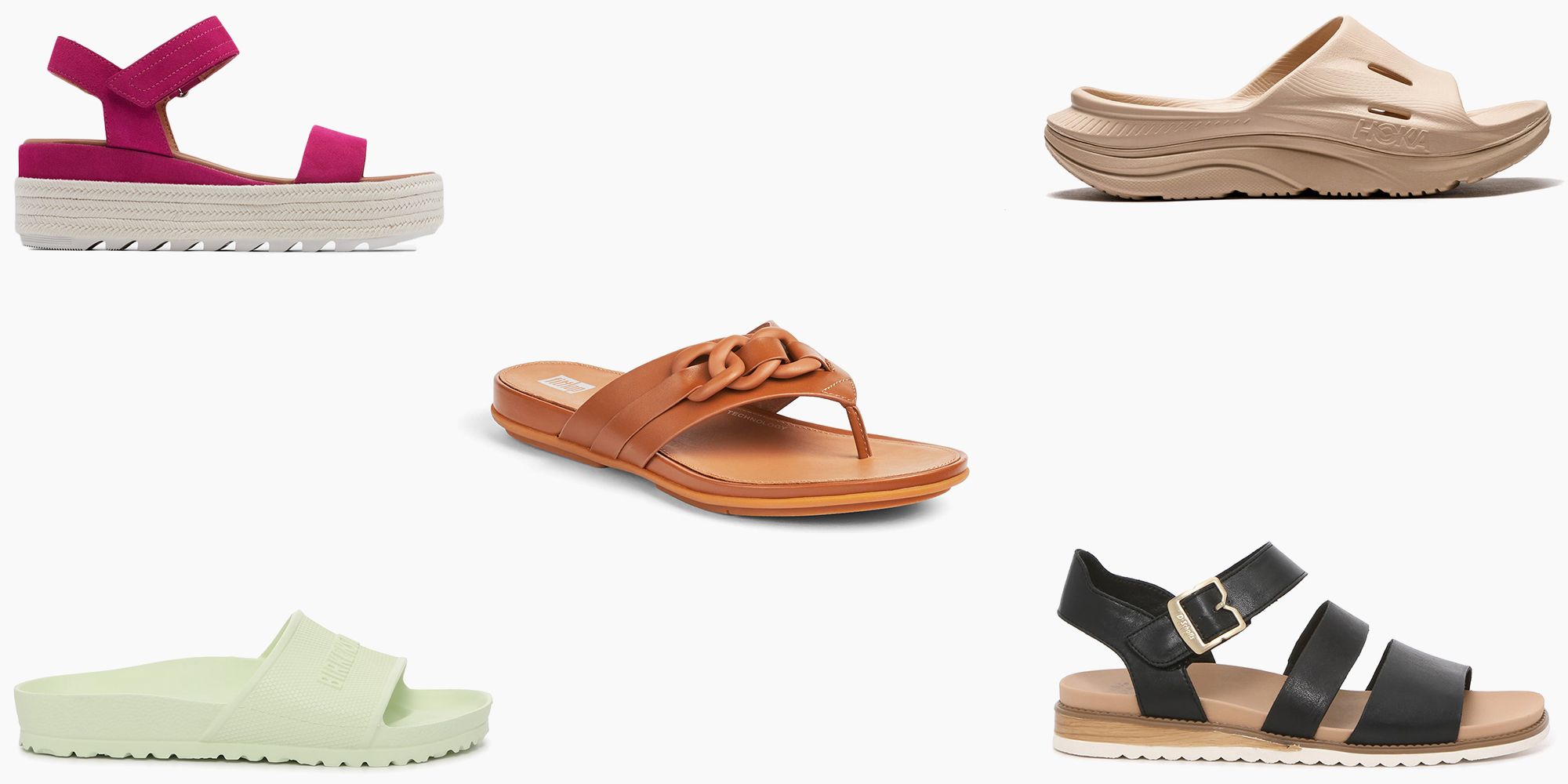
First and foremost, foot pain is not the norm, so Dr. Anderson always advises consulting with a podiatrist for specific recommendations and treatments. But before you start replacing all of your beloved footwear with top-notch orthotics, know that arch support-specific styles are not necessarily warranted for everybody. Usually, people with flatter feet, arthritic conditions, previous injury, or tired and aching joints gain the most benefit from extra support. Athletes can also reap the benefits of solid arch support, as Anderson knows from her 20+ years as a ballerina. “As a podiatrist and a dancer, I try to choose shoes that fit properly, match the structure, length and width of my foot, and are comfortable,” she asserts. Sports or activities that are hard on your feet demand supportive shoes outside of practices or rehearsals to help your foot and leg muscles recover.
But too much of a good thing is not a good thing, and ill-fitting or overdone arch support can actually do more harm than good in the long run. “Patients with flatter feet can have difficulty if the support does not match the contour of their foot or if they have other severe foot deformities like bunions and hammertoes. Sometimes the arch support can cause more pressure, pain, and blistering in the arch of the foot if the sole of the shoe is too firm, or the arch support is too high,” Anderson reveals.






